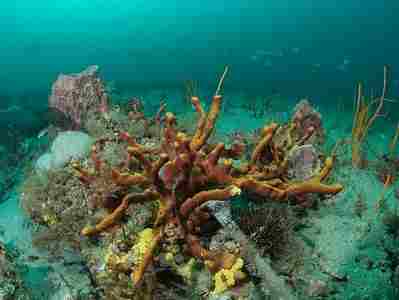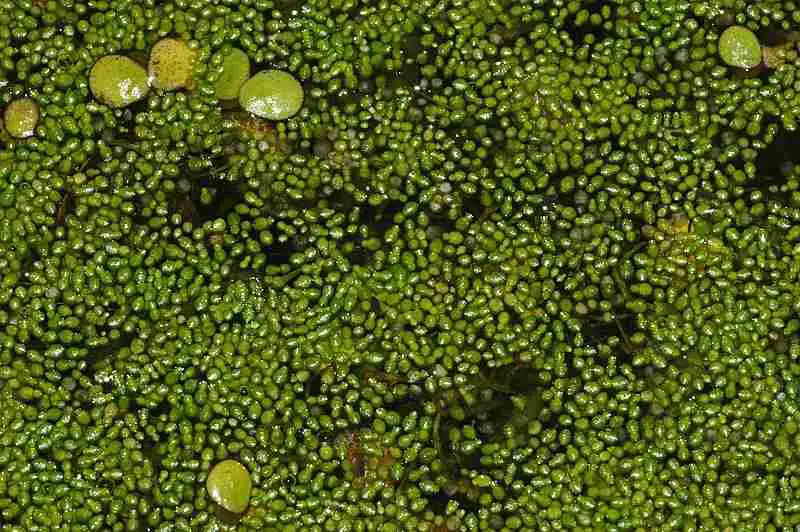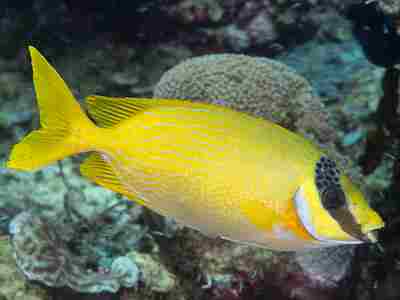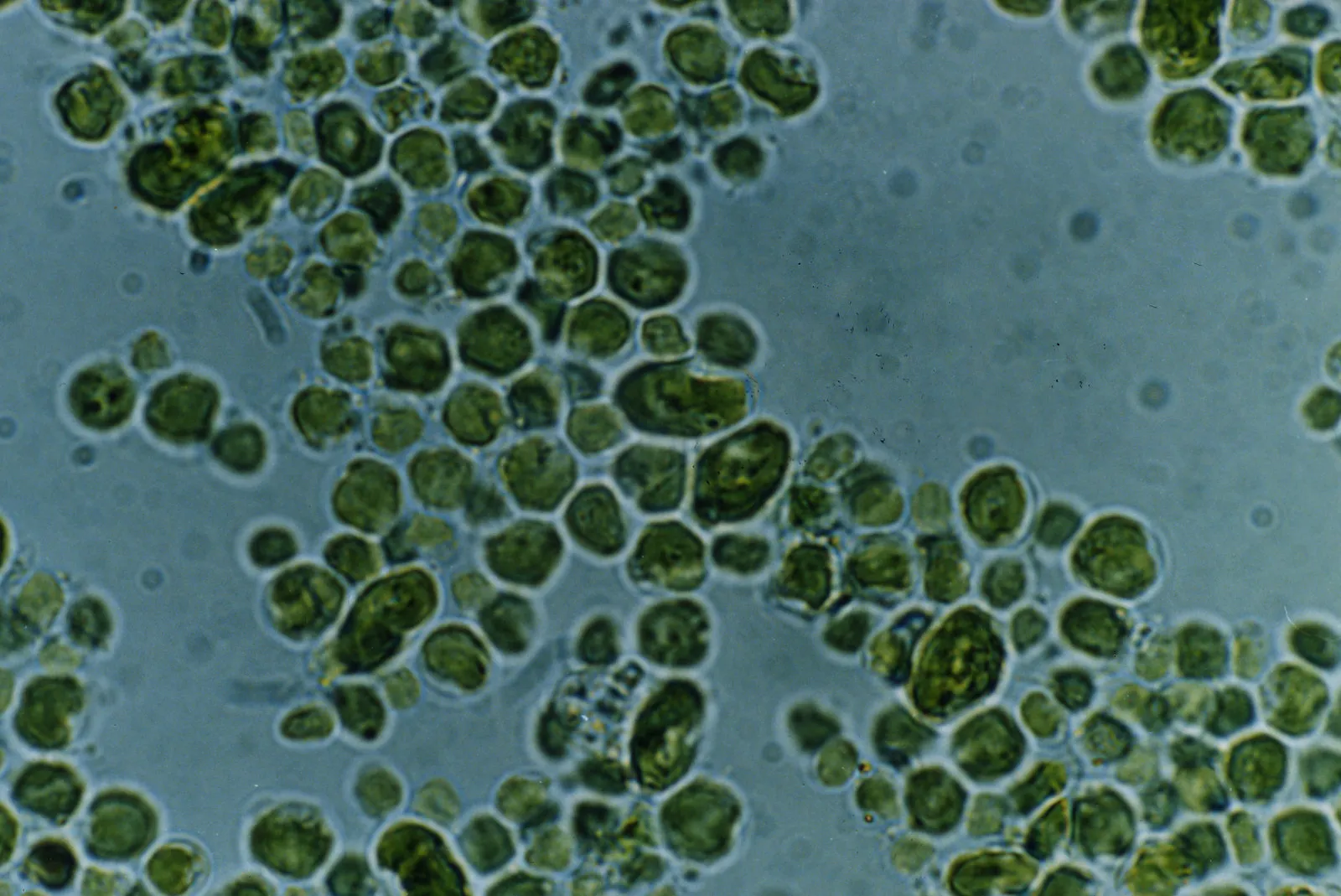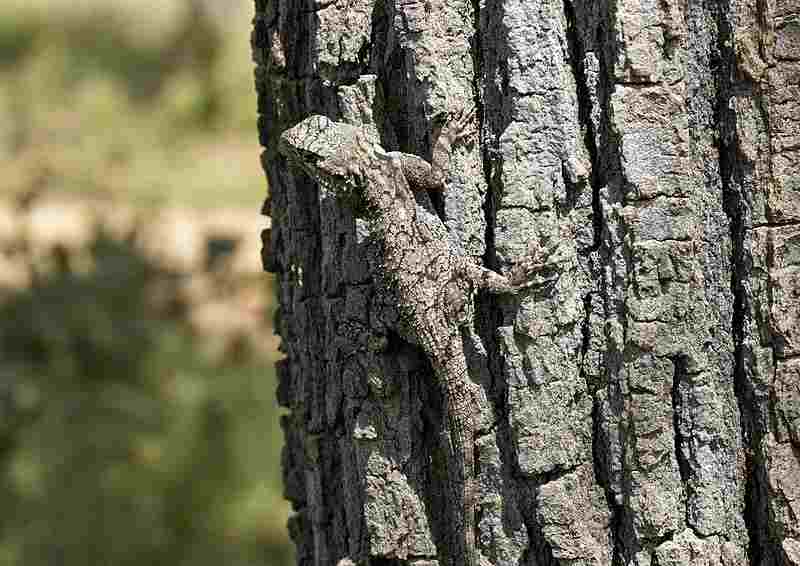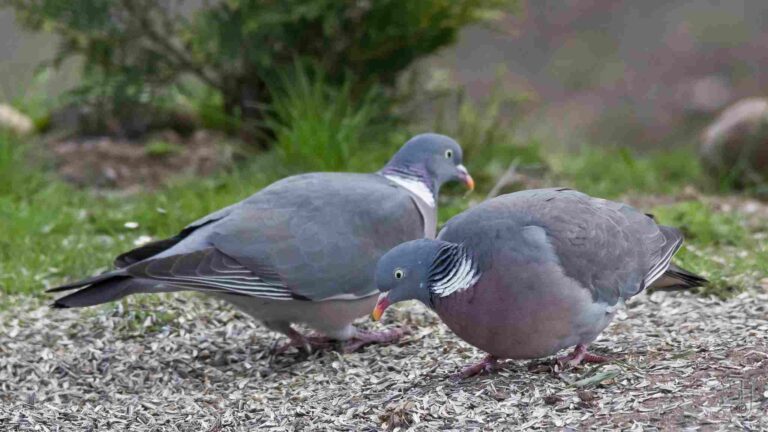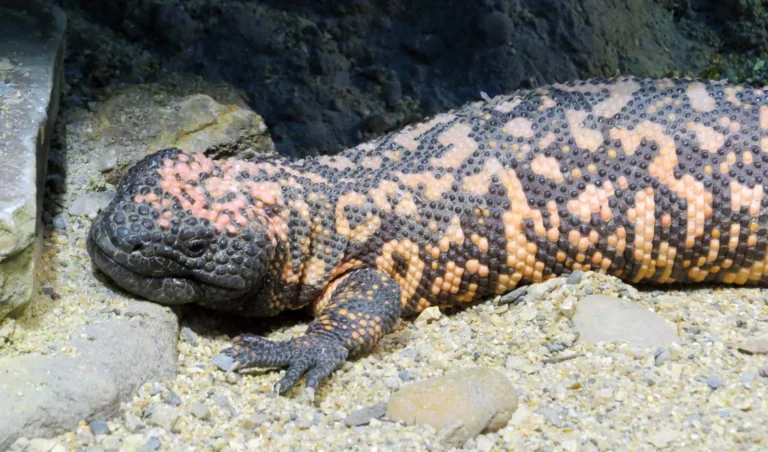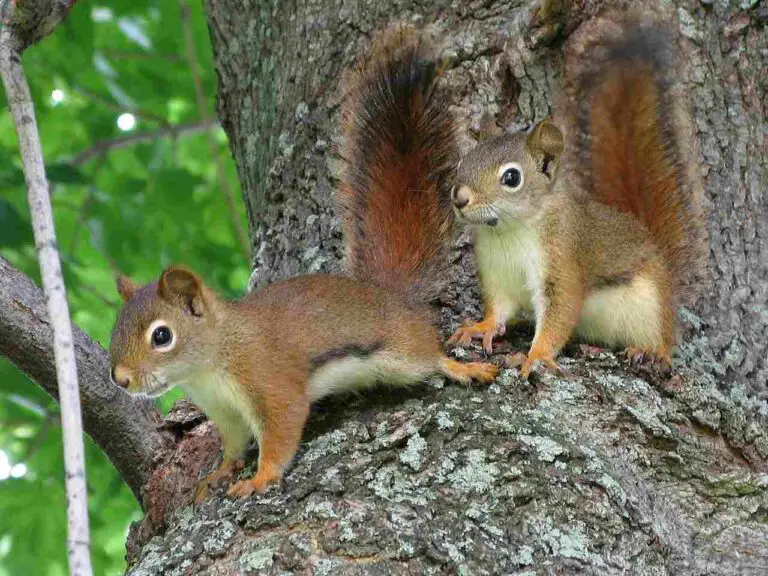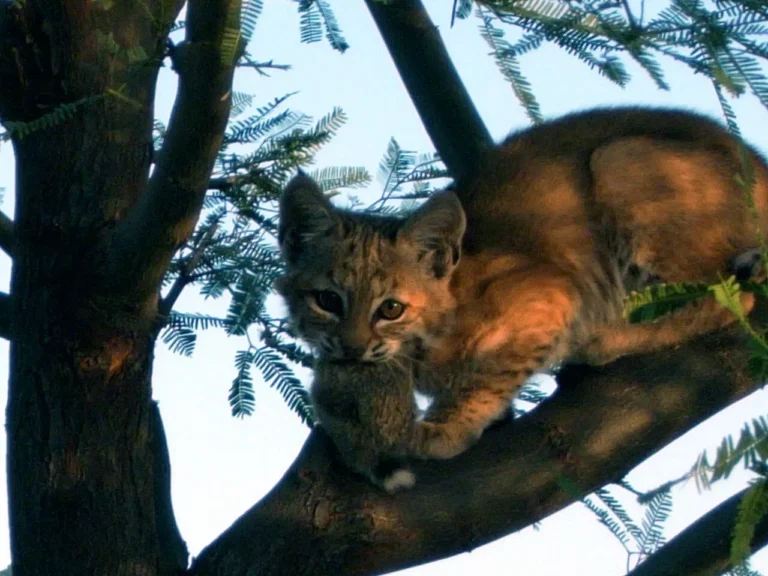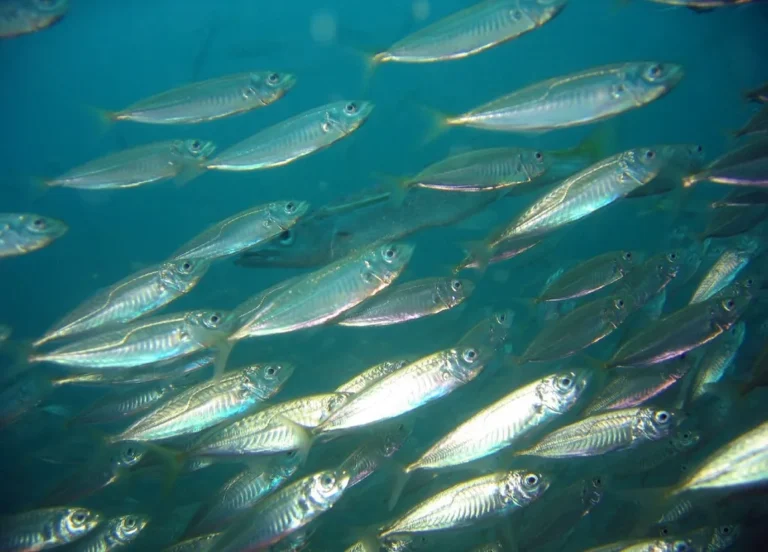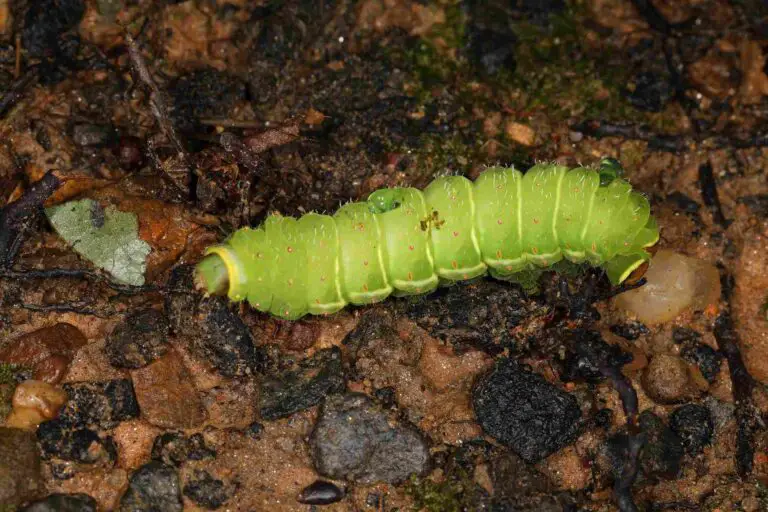What is a Primary Consumer? Overview of Primary Consumers
A primary consumer is a heterotrophic organism that feeds mainly on producers like; plants and algae; and serves as food for other heterotrophs that do not rely on plants as a sole energy and nutrient source.
This article discusses primary consumers from multiple perspectives including ecosystems, food chains and food webs.
What is a Primary Consumer in an Ecosystem?
A primary consumer in an ecosystem is a herbivorous (or omnivorous) organism that utilizes producer species as food sources, and preforms activities like grazing and seed dispersal.
Functions of a primary consumer in an ecosystem are; regulation of producer populations and growth rates, facilitation of producer adaptation through grazing pressure, influence on producer biodiversity, and seed dispersal.
* Primary consumers help keep producer populations in check by consuming them. This regulation is essential for preventing the overgrowth of producers, which can lead to resource depletion and imbalance in the ecosystem. By controlling the abundance of producers, primary consumers contribute to the overall stability and sustainability of the ecosystem.
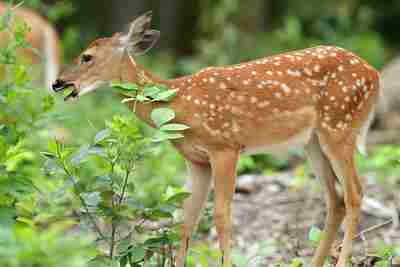
* Another important function of primary consumers is the facilitation of producer adaptation through grazing pressure. The grazing pressure exerted by primary consumers can influence the adaptation of producers.
By selectively consuming certain plants or algae, primary consumers create pressure for producers to adapt and evolve. This leads to increased biodiversity and resilience within the ecosystem. The constant interaction between primary consumers and producers drives the process of natural selection, favoring traits that enhance the survival and reproduction of producers.
* Primary consumers also have a significant influence on producer biodiversity. By grazing on different types of plants and algae, they contribute to the maintenance of a diverse range of species.
This biodiversity is crucial for the stability and functioning of the ecosystem as a whole. A diverse community of producers ensures that resources are efficiently utilized and that the ecosystem can withstand disturbances and changes in environmental conditions.
* Additionally, primary consumers play a role in seed dispersal. As they consume plants, they may inadvertently disperse seeds through their feces or by carrying them on their fur or feathers.
This helps in the dispersal of plant species and contributes to the colonization of new areas. By spreading seeds, primary consumers contribute to the expansion and distribution of plant populations, enhancing the overall biodiversity and resilience of the ecosystem.
What is a Primary Consumer in a Food Chain?
A primary consumer in a food chain is an organism that occupies the second trophic level or first consumer level, above producers. Primary consumers represent the lowest heterotrophic level in the food chain and contribute to its sustainability.
Functions of a primary consumer in the food chain are; energy transfer from producers to high-level consumers, nutrient cycling, and regulation of producers in Trophic Level 1.
* One of the main functions of a primary consumer in the food chain is the transfer of energy from producers to higher-level consumers. As herbivores or omnivores, primary consumers obtain their energy by consuming plants or other primary producers.
Through this consumption, they convert the energy stored in the organic matter of the producers into a form that can be utilized by higher-level consumers. This energy transfer is essential for the functioning of the entire food chain, as it provides the necessary fuel for the growth and survival of organisms at higher trophic levels.
* In addition to energy transfer, primary consumers also play a vital role in nutrient cycling within the ecosystem. As they consume plant material, they break down complex organic compounds into simpler forms, releasing nutrients back into the environment.
These nutrients are then recycled and made available to other organisms, including producers. By facilitating the decomposition and recycling of organic matter, primary consumers contribute to the overall nutrient balance and productivity of the ecosystem.
* Furthermore, primary consumers help regulate the population dynamics of producers in Trophic Level 1. By consuming plants or algae, they exert grazing pressure on these primary producers. This grazing pressure can have several effects on the producer population.
* Firstly, it helps control the abundance of producers, preventing their overgrowth and maintaining a balance within the ecosystem. This regulation is crucial for preventing resource depletion and ensuring the availability of food for other organisms in the food chain.
* Secondly, the grazing pressure exerted by primary consumers can influence the composition and diversity of the producer community. Different species of primary consumers may have preferences for specific types of plants or algae, leading to selective grazing.
This selective grazing can favor certain plant species over others, shaping the composition and structure of the producer community. By influencing producer biodiversity, primary consumers contribute to the overall resilience and stability of the ecosystem.
What is a Primary Consumer in a Food Web?
A primary consumer in a food web is an organism that forms trophic links with other organisms through herbivorous feeding, and by serving as a source of energy and nutrients.
- Primary consumers help the food web by acting as a trophic bridge between producers and carnivores a well as omnivores in various niches of the ecosystem.
- Functions of a primary consumer in a food web are; formation of links through feeding and food provision, regulation of producer dynamics, and sustenance of higher consumers.
* Formation of links through feeding and food provision
Primary consumers play a vital role in connecting different trophic levels within the food web. As herbivores or omnivores, they consume primary producers and serve as a link between producers and higher-level consumers.
By feeding on plants or algae, primary consumers transfer energy and nutrients from the lower trophic levels to the higher ones. This flow of energy and nutrients is essential for the survival and growth of organisms at all trophic levels in the food web.
* Regulation of producer dynamics
Primary consumers help regulate the population dynamics of primary producers. By consuming plants or algae, they exert grazing pressure on these producers. This grazing pressure has several effects on the producer population.
- Firstly, it helps control the abundance of producers, preventing their overgrowth and maintaining a balance within the ecosystem. This regulation is crucial for preventing resource depletion and ensuring the availability of food for other organisms in the food web.
- Secondly, the grazing pressure exerted by primary consumers can influence the composition and diversity of the producer community. Different species of primary consumers may have preferences for specific types of plants or algae, leading to selective grazing.
- This selective grazing can favor certain plant species over others, shaping the composition and structure of the producer community. By influencing producer biodiversity, primary consumers contribute to the overall resilience and stability of the ecosystem.
* Sustenance of higher consumers
Primary consumers serve as a vital food source for higher-level consumers in the food web.
- By consuming primary producers, they convert the energy stored in plants or algae into a form that can be utilized by higher-level consumers. This energy transfer is essential for the growth and survival of organisms at higher trophic levels.
- Without primary consumers, the energy flow through the food web would be disrupted, leading to imbalances and potential collapse of the ecosystem. Therefore, primary consumers play a critical role in sustaining the populations of higher consumers, such as secondary and tertiary consumers.
What are Primary Consumers in the Ocean?
A primary consumer in the ocean is an organism whose diet is dominated by biomass from marine autotrophs like seaweeds, seagrasses, and phytoplankton.
Examples of primary consumers in the ocean are; sea urchins, small squids, crabs, krill, copepods, rabbitfish, mussel, parrotfish, green sea turtle, and coastal mammals like manatees.
* Sea urchins are one of the primary consumers in the ocean. These invertebrates feed on algae like kelp, which are primary producers in marine ecosystems. By consuming these plants, sea urchins play an effective role in regulating the growth and abundance of producers. They help maintain a balance in the ecosystem by preventing overgrowth and ensuring the availability of food for other organisms.
* Small squids are also primary consumers in the ocean. They primarily feed on zooplankton, which are microscopic animals that drift in the water column.
By consuming zooplankton, small squids transfer energy and nutrients from the lower trophic levels to the higher ones. They serve as an important food source for higher-level consumers, such as large predatory fish and marine mammals.
* Crabs are another example of primary consumers in the ocean. They are omnivorous and feed on a variety of organisms, including algae, small invertebrates, and detritus.
Crabs play a role in nutrient cycling. They also help control the population of small invertebrates, contributing to the overall balance of the ecosystem.
* Krill are tiny shrimp-like crustaceans that form a significant part of the diet for many marine animals, including whales, seals, and penguins. They feed on phytoplankton, which are primary producers, and serve as a link between the lower trophic levels and higher-level consumers. Krill are an essential food source for many marine organisms and play a vital role in the transfer of energy through the food web.
* Copepods are small crustaceans that are abundant in the ocean and serve as primary consumers. They feed on phytoplankton and detritus, contributing to the cycling of nutrients in marine ecosystems. Copepods are an important food source for many fish species and are also a trophic link in the transfer of energy from primary producers to higher-level consumers.
* Rabbitfish are herbivorous fish that feed on algae and seagrasses. They play a role in controlling the growth of algae and seagrasses, preventing overgrowth and maintaining a healthy balance in the ecosystem.
Rabbitfish are an important part of coral reef ecosystems, where they help regulate the abundance of algae and contribute to the overall health and resilience of the reef.
* Mussels are filter-feeding bivalve mollusks that consume phytoplankton and other organic particles suspended in the water. They play a role in filtering and purifying the water, removing excess nutrients and improving water quality. Mussels are also an important food source for many marine animals, including birds and fish.
* Parrotfish are herbivorous fish that feed on algae and coral polyps. They play a crucial role in controlling the growth of algae on coral reefs, preventing overgrowth and maintaining the health of the reef ecosystem. Parrotfish also contribute to the formation of sand by grinding up coral and excreting it as fine particles.
* Green sea turtles are primarily herbivorous and feed on seagrasses and algae.
They are instrumental in maintaining the health of seagrass beds and contribute to the overall balance of the ecosystem. Green sea turtles are also an important food source for predators such as sharks and crocodiles.
* Coastal mammals like manatees are herbivorous and feed on aquatic plants such as seagrasses.
They help control the growth of seagrasses and contribute to the overall health and stability of coastal ecosystems. Manatees are also an important indicator species for the health of their habitats.
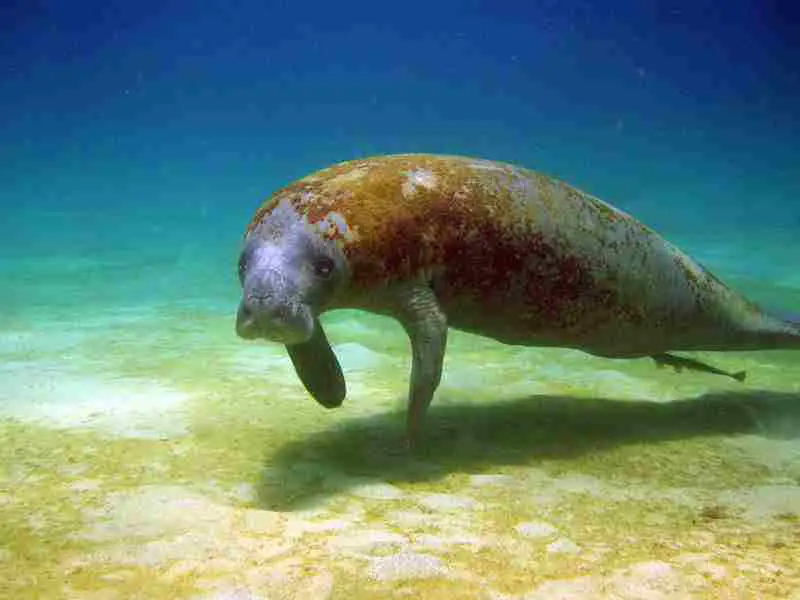
FAQs
1. What is a Secondary Consumer in an Ecosystem?
A secondary consumer in an ecosystem is a heterotrophic organism in level 3. It is an organism that feeds on primary consumers, which are the herbivores.
These secondary consumers occupy the next level in the food chain and play a crucial role in maintaining the balance of the ecosystem. They help regulate the population of primary consumers and prevent overgrazing or depletion of plant resources.
Examples of secondary consumers include carnivorous animals like coyotes and monitor lizards. They obtain their energy by consuming primary consumers, thus transferring energy through the food chain.
2. What is a Primary Consumer With Two Examples?
A primary consumer, also known as a herbivore, is a heterotroph that feeds mainly on plants, algae, or other autotrophs. They are the second level in the food chain and play a crucial role in energy transfer.
Two examples of primary consumers are the rabbit and the parrotfish. Rabbits primarily feed on grass and other vegetation, while parrotfish graze on algae.
These organisms obtain their energy by consuming primary producers, such as plants and algae, and are an essential part of the ecosystem’s nutrient cycling and energy flow.
3. What is a Tertiary Consumer in an Ecosystem?
A tertiary consumer in an ecosystem is a predatory heterotroph that occupies the fourth level in the food chain. They feed on secondary consumers, which are organisms that consume primary consumers; as well as on the primary consumers themselves.
Tertiary consumers play a crucial role in regulating the population of lower trophic levels and maintaining the balance of the ecosystem. They are often apex predators and have a significant impact on the structure and dynamics of the food web.
Examples of tertiary consumers include lions, sharks, and eagles. These organisms obtain their energy by consuming other consumers and are essential for the overall continuity of the ecosystem.
4. What is a Non Example of a Primary Consumer?
A non-example of a primary consumer is a secondary, tertiary, or quaternary consumer. These organisms are not considered primary consumers because they do not directly consume primary producers.
Instead, they feed on other consumers in the food chain. Secondary consumers eat primary consumers, tertiary consumers eat secondary consumers, and quaternary consumers eat tertiary consumers.
5. What Role Do Primary Consumers Play in Producing Soil?
Primary consumers play a role in the production of soil through their death and decomposition, as well as their excretory processes.
When primary consumers, such as insects or small mammals, consume plants or other primary producers, they eventually die.
Their bodies then decompose, releasing nutrients back into the soil. These nutrients, including nitrogen, phosphorus, and carbon, are essential for the growth of plants and the overall health of the ecosystem. Through their feeding and subsequent decomposition, primary consumers contribute to the nutrient cycle and the formation of fertile soil. This process supports the growth of primary producers and sustains the entire food chain.
6. What are the Primary Producers in the Ocean?
The primary producers in the ocean are organisms that rely on marine autotrophs as major food sources. These organisms, such as phytoplankton and macroalgae, form the heterotrophic foundation of the food chain.
Phytoplankton, microscopic producers that float near the ocean’s surface, use sunlight to convert carbon dioxide into organic matter through photosynthesis.
Macroalgae, also known as seaweed, are larger marine autotrophs that grow in shallow waters. These primary producers provide food and energy for other organisms in the ocean, including zooplankton like krill, and herbivorous fish like the rabbitfish.
7. What are the Tertiary Consumers in the Ocean?
Tertiary consumers in the ocean are predatory heterotrophs in level 4 of the food chain. These organisms occupy the highest trophic level in the marine food chain.
They mainly consume lower heterotrophs, such as fish, zooplankton, marine mammals and reptiles.
Examples of tertiary consumers in the ocean include large predatory fish like sharks, and cetaceans like dolphins.
8. What is a Primary Consumer in the Pacific Ocean?
The Pacific plate limpet (Cellana nigrolineata) is a primary consumer in the Pacific Ocean. As a primary consumer, it plays an effective role in the marine food chain by feeding on primary producers such as algae.
These small, herbivorous gastropods are found along the rocky shores of the Pacific Ocean, where they graze on the abundant algal life.
By consuming primary producers, the Pacific plate limpet helps to transfer energy from the lower trophic levels to higher trophic levels in the ecosystem. This makes them an important link in the marine food web of the Pacific Ocean.
9. What are 10 primary consumers in the ocean
“What are 10 primary consumers in the ocean?”
Primary consumers in the ocean are organisms that directly feed on primary producers, such as algae and phytoplankton. Here are ten examples of primary consumers in the ocean:
1. Copeopods- Tiny zooplankton that drift in the water and feed on phytoplankton.
2. Krill- Small planktonic crustaceans that are an important food source for many marine animals.
3. Parrotfish- Species that consume algae.
4. Sea urchins- These echinoderms graze on kelp and other seaweeds.
5. Sea turtles- Some species of sea turtles primarily feed on seagrass and algae.
6. Parrotfish- These colorful fish scrape algae off rocks and coral.
7. Sea slugs- Some species of sea slugs feed on algae and marine plants.
8. Limpets- Herbivorous mollusks
9. Small jellyfish- Also classified as zooplankton
10. Mussels- Also herbivorous (bivalve) mollusks
These primary consumers play an important role in the ocean ecosystem by transferring energy from primary producers to organisms at higher trophic levels.

